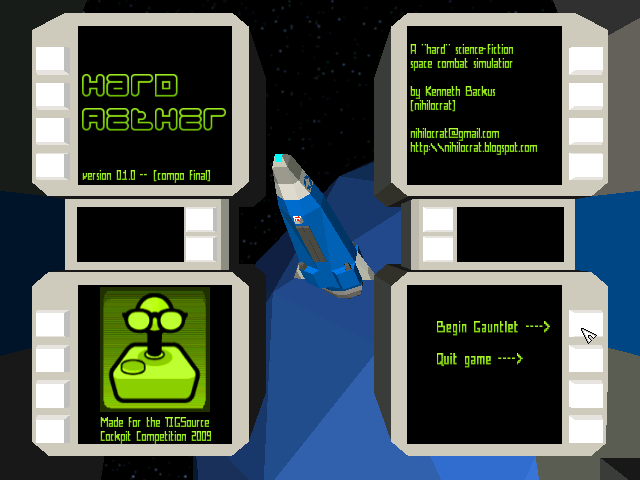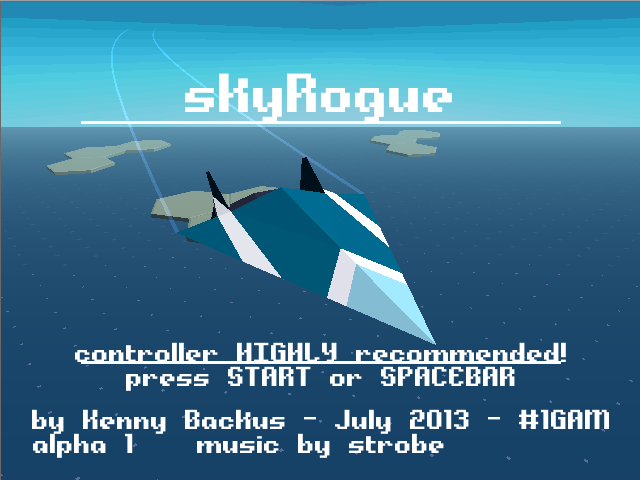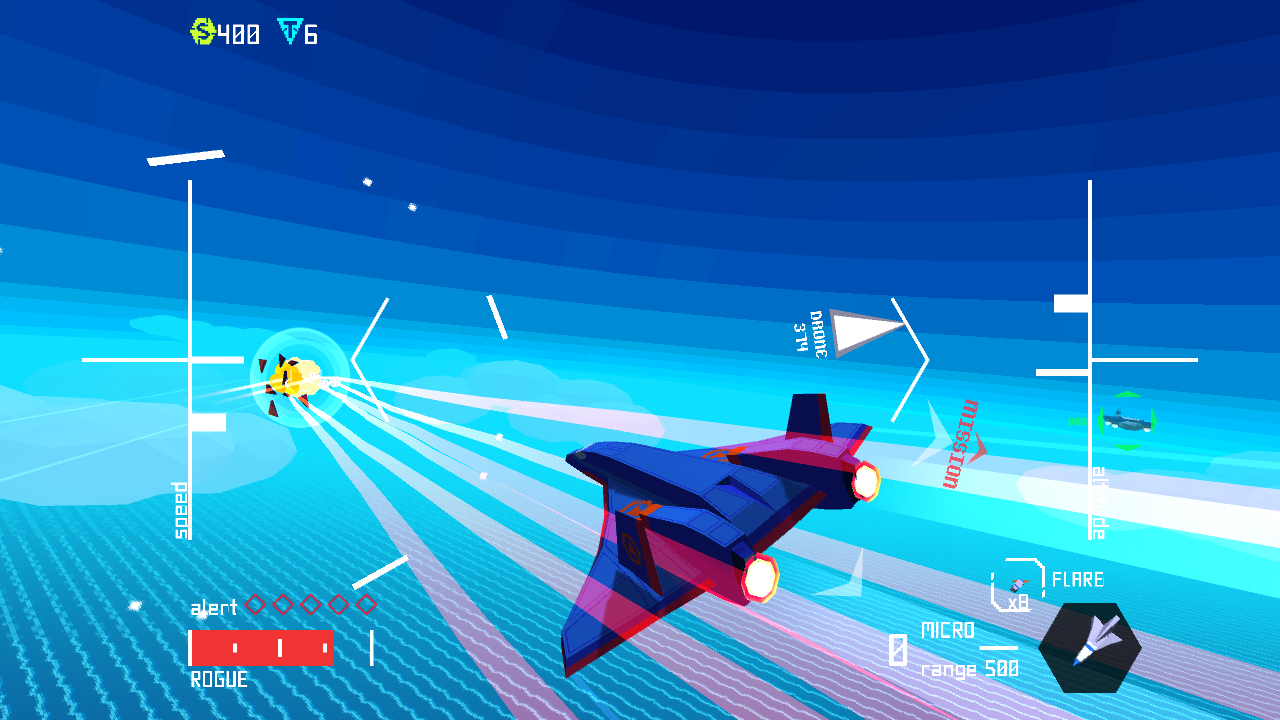
Back in 2009, I made Hard Aether, a “hard sci-fi” space sim for TIGSource’s Cockpit Compo, and in the aftermath I was inspired to move on to another simulator-related idea that was, simply put, “flight simulator roguelike”. This started as “Operation Shoumei”, a prototype that I actually can’t find the source code for, but never got very far. Four years later, I was making one game a month as part of, well, One Game a Month, and decided to revisit the idea. Despite not making any progress on the “roguelike” end of the idea, I was able to finish something that got some attention.

Eventually, I had gotten around to the “roguelike” part, and found an artist who shared my love for the not-so-new “lowpoly” revival, along with a musician with plenty of experience making chiptunes for games like Spelunky and Super Crate Box. It released first on itch.io as pay-what-you want, and later on Indie Game Stand, finally making its way onto Steam. Getting to that point, obviously, was quite a challenge, namely the difficulties in designing something that’s not only an “action flight simulator” but a “roguelike flight simulator”. I had to make a number of binding design decisions which are probably completely invisible to players
“Fwoosh” is the name of the game. A default third-person perspective lets you admire your aircraft, and having the camera rotation lag slightly behind your movements makes them more evident and, in seeing your aircraft from many angles, gives you more appreciation of it as a flying machine and an object of control. The camera’s field of view contracts slightly when throttling up and widens when throttling down, giving the critical throttle control more visual impact. This intentionally happens based on throttle, not airspeed, so it’s always linked directly to player input and thus gives feedback for player intent. Thin lines whip towards the camera (called “fwooshies”) when your airspeed is high, a common effect in vehicular games to make it seem like you’re moving faster than you actually are. All of these effects are part of the “fwoosh”, and they are all things you’d likely not find in a more serious flight simulator since none of them are realistic in the slightest.

Aerodynamics are partially simulated. This isn’t just an arbitrary checkbox to tick so that I can call it a “flight simulator”, it’s critically important for the game feel! If you fly upwards, you can expect to eventually stall, reminding you that gravity exists. If you make a sharp turn, your actual direction of motion will lag behind a little bit because of momentum. If you roll onto your side, you’ll naturally start to dip towards the ground, confirming that you’re flying an aircraft, not driving a car in the air.
The environment is spacious, and you’re free to fly anywhere you want. This seems pretty obvious, but it’s important to keep in mind since the extremely high depth of the environment gives a very large sense of scale that helps a lot in making you feel like you’re actually flying. It also happens to make it incredibly hard to make it a “roguelike”: usually, to complete a floor you just need to find the stairs and defeat any obstacles in the way. If you’re flying, there’s not really any obstacles, you can certainly get shot at by enemies but there’s no good reason why you should be prevented from flying directly to the “stairs”.
Designing the “permadeath” and other “roguelike” mechanics were more difficult than you might think, and it’s still something I’m not finished with yet. It’s certainly not hard to implement, but making a fun game out of those while still needing to adhere to the rules of the flight simulator lead to some significant roadblocks.